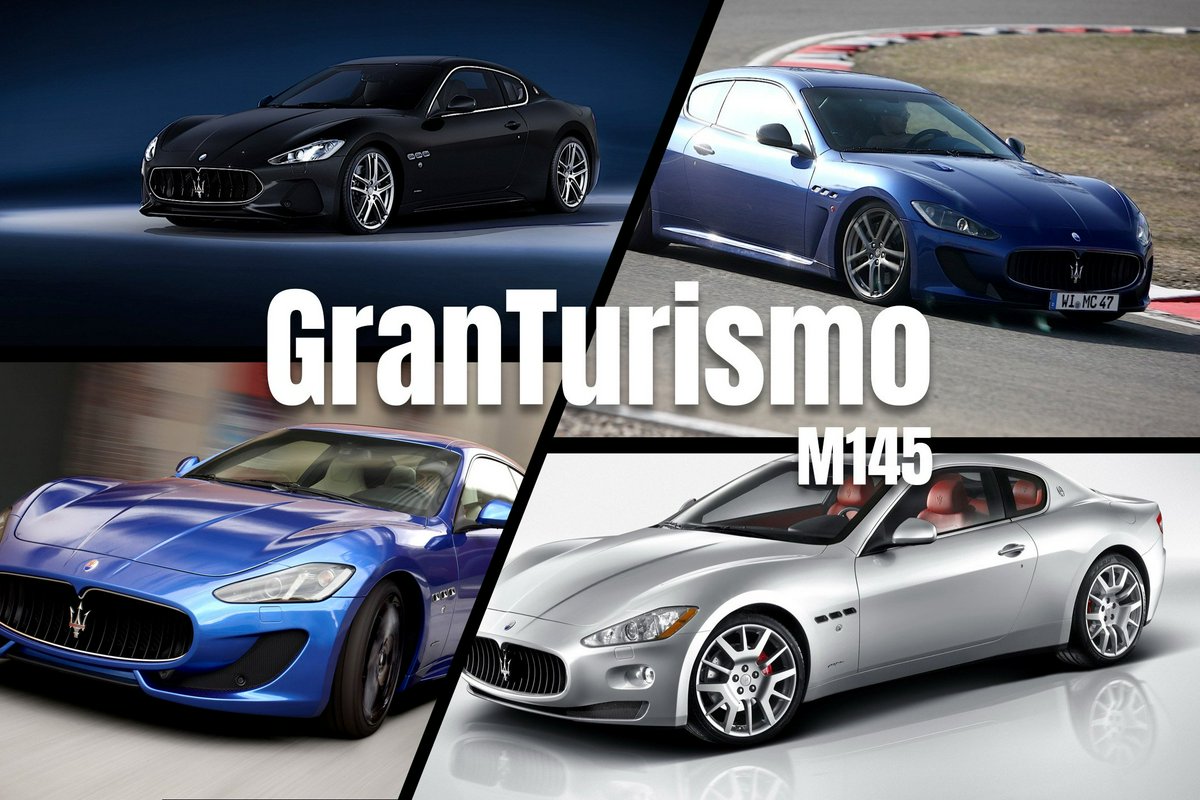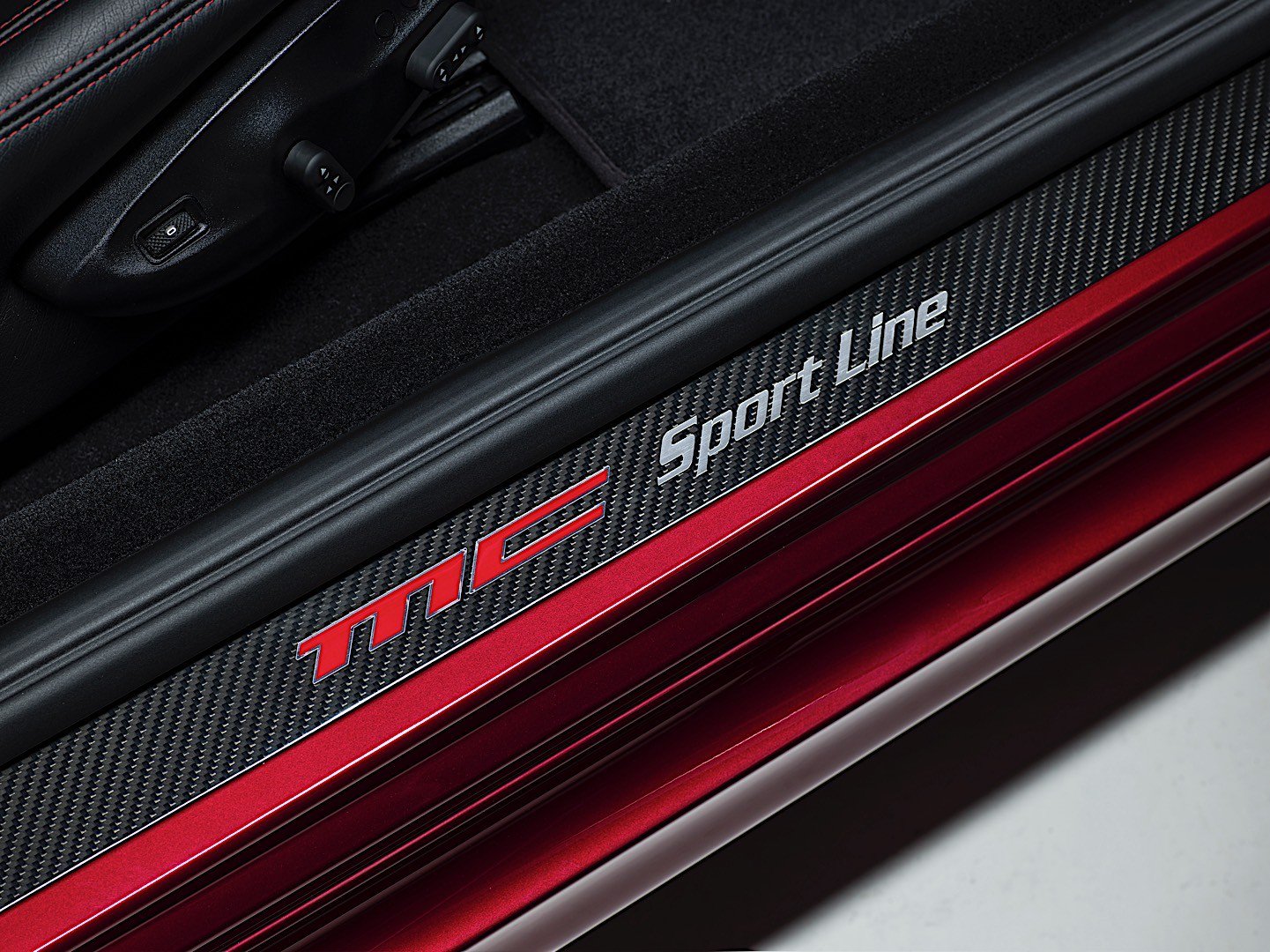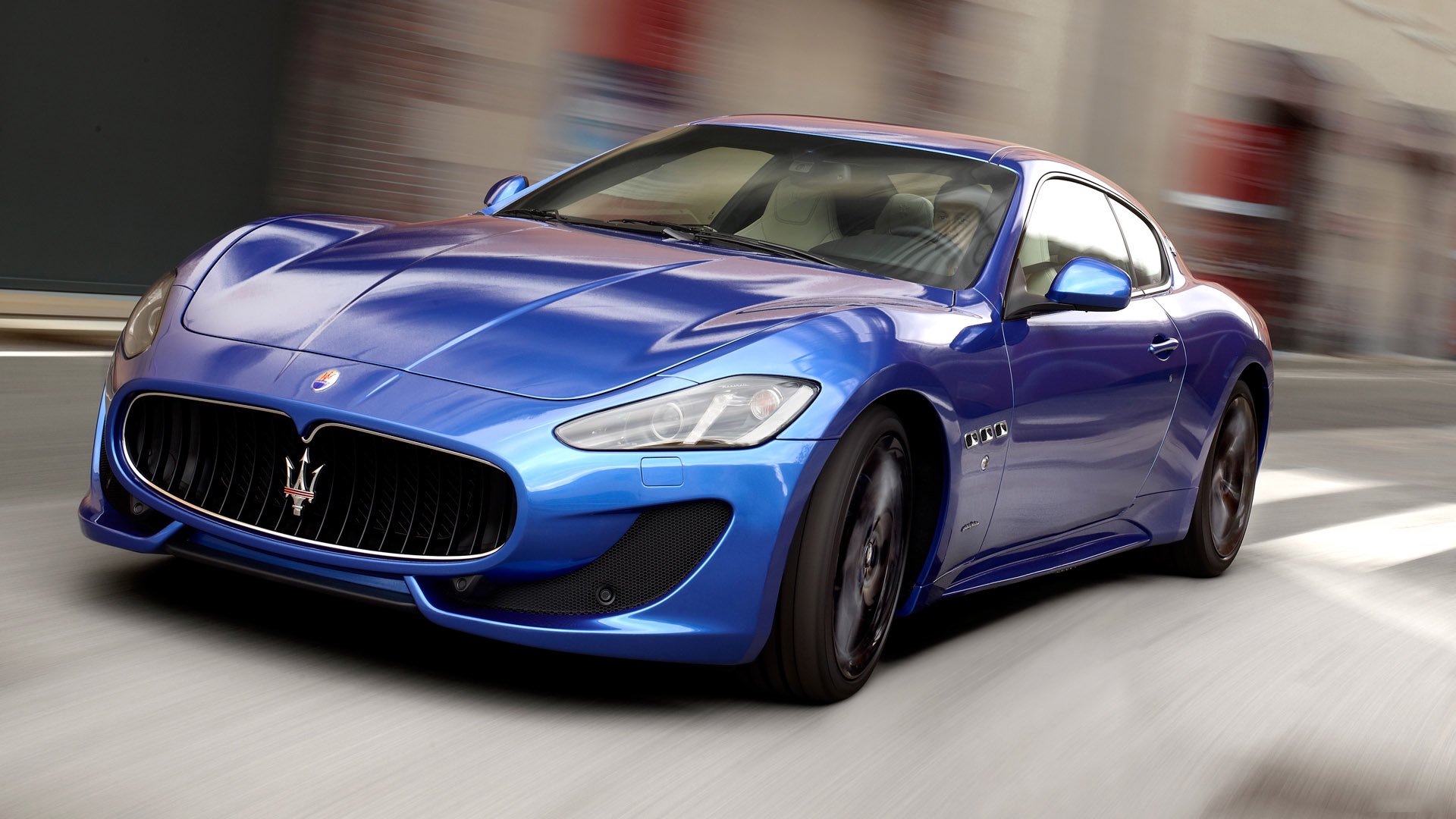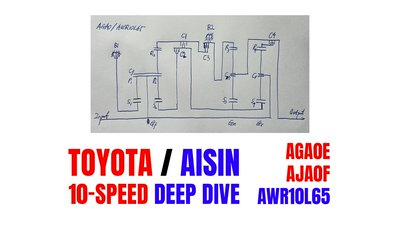techXXX
Maserati GranTurismo M145: Versions of another Italian Classic
The M145 Maserati GranTurismo is one of the most sensuous grand tourers ever. Today, I detail its mechanical and design variations over the 12-year production run.

The M145 Maserati GranTurismo is one of the most sensuous grand tourers ever. Today, I detail its mechanical and design variations over the 12-year production run.

GranTurismo
This generation of GranTurismo was based on the chassis of the M139 Quattroporte. Originally, a more advanced chassis was designed, but FIAT, which owned Maserati, decided that it was too costly; that car became the Ferrari California. Maserati had to do with a shortened luxury sedan, which actually harks back to the original concept of a coupe. This left the GranTurismo with spacious rear seats but a hefty weight to pay for it.
The base GranTurismo used the same drivetrain of the Quattroporte Automatica, with the Ferrari F136U 4.2L V8 paired to a ZF 6HP26 automatic transmission. Unfortunately, a dry sump version of the Ferrari V8 never graced the M145 GranTurismo. As it is with the Quattroporte Automatica, this 4.2 can suffer from variator wear. Rather than updating this engine, Maserati elected to discontinue the base GranTurismo in the US in 2012, soon after the 4.7 received the fix.
GranTurismo S
In 2008, Maserati introduced the 4.7L F136Y engine to power the GranTurismo S. It came standard with MC-Shift robotized manual transmission. This had the SOFAST IV version of the 6-speed transaxle, which is even faster than the SOFAST III+ found in the M139 Quattroporte Sport GT DuoSelect. MC stands for “Maserati Corse”. The GranTurismo S Automatic used the ZF 6HP26 automatic transmission mounted right behind the engine, just like on the Quattroporte S.
Premium options such as Skyhook dampers, Brembo brakes, and sport exhausts were available to the S. The latter is recognized by the dual oval exhaust tips in place of the standard quad pipes. Alcantara interior was also an option, but replacing fine Italian leather with composite material is hardly an “upgrade” in my book.
The GranTurismo S also suffered from variator wear until 2011. The updated engine received reed valves and DLC-coated valvetrain. This model was replaced by the GranTurismo Sport when the first facelift happened.
The pre-facelift GranTurismo is recognized by a single-piece mesh intake under the front grille as well as fog lights in the front bumper. In my opinion, these fog lights are the only blemish in the original design.

MC Sport Line
An optional package that came with the GranTurismo S was the MC Sport Line, which adds carbon fiber spoilers, mirrors, and door handles. It features carbon fiber trims, carbon fiber steering wheel and paddle shifters, aluminum pedals, and broad application of Alcantara.
From 2009, the MC Sport Line became available to all models. With the second facelift, MC Sport Line included the rear bumper and exhaust of the MC Stradale.

GranTurismo MC Stradale
In 2010, Maserati introduced a two-seat, track-focused version of the GranTurismo, the MC Stradale. It features both reed valves and diamond-like carbon DLC coating on the cam lobes and hydraulic tappets. The reduction in friction combined with an exclusive exhaust system allowed the engine to make 10 more PS than the GranTurismo S. More important, the MC Stradale features the most advanced version of Ferrari’s robotized manual transaxle, sharing its control unit and many parts with the 599 GTO. This version is called MC Race Shift.
Other exclusive features include unique front and rear bumpers and quarter panels, extensive use of carbon fiber, carbon fiber racing seats, and Brembo carbon-ceramic brakes.
In 2013, the MC Stradale was refreshed with the same engine in the GranTurismo Sport F1, which made another 10 more PS. Rear seats made a return.

GranTurismo Sport
In 2012, Maserati introduced the GranTurismo Sport and Sport F1 with the first facelift. They replaced the GranTurismo S Automatic and S respectively. They used the final version of the F136Y engine with 460PS and 520Nm. The sport exhaust system became standard.
The GranTurismo Sport is recognized by a new front fascia, including new grille, bumper, and headlights. Most importantly, the fogs lights were removed. In my opinion, the 2012-2017 Sport and Sport F1 have the best exterior styling of the M145 GranTurismo.
In 2018, this generation received a second facelift. This is recognized by a new bumper and grille design that is in line with Maserati’s current product lineup. Personally, I am not a fun of Maserati’s new family fascia.

GranCabrio
In 2010, Maserati introduced a convertible variant of the M145 GranTurismo, the GranCabrio. It was simply the open-top version of the GranTurismo S Automatic. However, the production of the base model did not end with the first facelift.
With the facelift came the sportier GranCabrio Sport with some dark accents and standard sport exhaust system. It had the same powertrain as the GranTurismo Sport.
Finally, there was the GranCabrio MC, which was essentially the convertible variant of the US-spec four-seat GranTurismo MC with ZF transmission.
Overview
In my opinion, the best styling was in the GranTurismo Sport and Sport F1 before the second facelift. Mechanically, both engines rated at 450PS or 331kW / 444hp and at 460PS or 338kW / 454hp are solid, with the former found right before the first facelift and the latter after it. As this is not a sports car, the MC Stradale makes little sense. Hence, I find the Sport and Sport F1 between the facelifts the best versions.
While the GranCabrio was very popular, there are better open-top cruisers out there, such as the Jaguar XKR and the V8-powered F-Type. This is because the large open area tends to create wind buffeting that is rather annoying at high speed. A shorter wheelbase is desired in a convertible.



